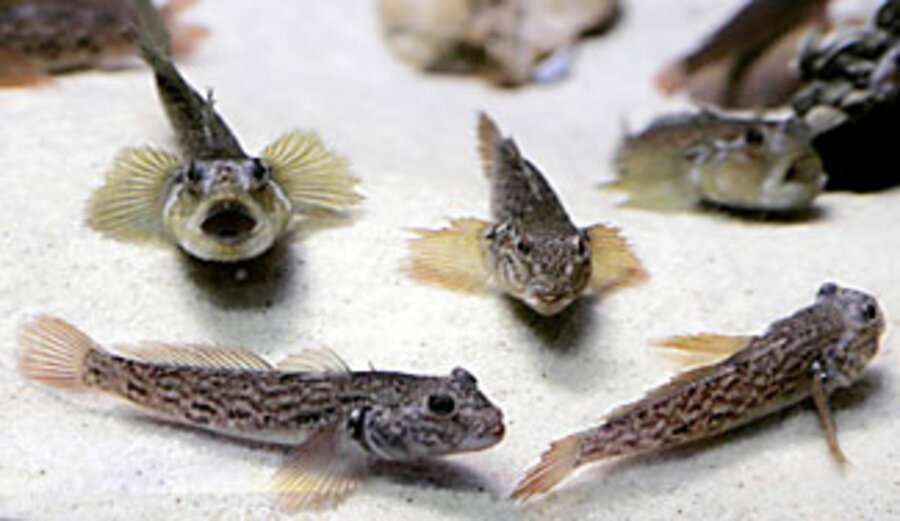Horizons: What's new in sci-tech
Loading...
Mercury's magnetic mixture
One of the planet Mercury's longstanding mysteries involves its weak magnetic field. In short, it shouldn't have one, at least based on its small size. Any molten iron in its core – needed to generate the field – would have cooled long ago. Now, a team of researchers suggest that "iron snow" in the interior could help drive the planet's dynamo.
Planetary scientists have suggested that if part of the core is mixed with sulfur, the combination would allow the iron to remain molten at temperatures cooler than needed for molten iron alone.
How would that produce a magnetic field? A team from the University of Illinois at Urbana-Champaign tried to find out. The researchers subjected iron-sulfur mixtures to the high pressures and temperatures of a research anvil – a viselike device that can reproduce the kinds of pressures found deep inside planets. They squeezed and heated each sample to predetermined levels, then quenched them quickly to "freeze" the state of the material within each sample. They cut the samples open and took a look. They found that as the combination cooled, iron atoms formed cubelike "flakes." The team says it suspects that as the molten material in Mercury's upper core cools, similar flakes congeal and begin to sink. In turn, lighter molten sulfur rises. This convection sets up the magnetic field, the team suggests. The team, led by geology professor Jie Li, suggests that Mercury's core may have two distinct regions of this iron "snowfall." The results appeared in the April issue of the journal Geophysical Research Letters.
Befriending new websites
The Internet just got a whole lot friendlier. On Monday, Google announced the launch of Friend Connect, a set of easy-to-use tools that will allow any website owner to import features typically associated with sites such as Facebook and MySpace. It has the potential to quickly transform personal and business interactions over the Internet.
"It takes us closer to the Internet as your network, rather than where we have been, which is more of a 'closed garden' mentality," says Dawn DeBruyn, CEO and cofounder of WeMeUs.com, a social-network site.
Friend Connect allows others to join a site, tell friends about it, leave comments, and add photos. But the biggest revolution is that it allows one to instantly import preexisting social networks onto the site. "It may in fact mean a reduction in the number of sites we have to register on to comment and share with our friends," says Ms. DeBruyn.
How to cook invasive species
Waterways the world over are reeling under the pressure from invasive species, many of which arrive in cargo-ship ballast water. A team at Louisiana State University has come up with a potentially promising approach to controlling the migration: Nuke the unwanted hitchhikers with microwaves.
Dorin Boldor and colleagues note that globally, an estimated 10 billion tons of ballast water are pumped into and out of ships' tanks each year as they load and unload their cargo. They carry a rogue's gallery of organisms – from zebra mussels, sea squirts, and European green crabs, to various species of plankton, for instance. To deal with the problem, researchers have proposed a range of methods, including open-ocean exchange of ballast water, chemical treatments, heat, and ultraviolet radiation.
The group devised a system that pumped water through a cylinder that acted like the interior of a microwave oven. As water containing organisms moves through the cylinder, the team fired up a microwave transmitter that generated some 5 kilowatts of microwave radiation – roughly as much power as a small radio station's transmitter radiates. The best results came if the water was heated to about 131 degrees F. The team acknowledges that based on the lab results, this approach to killing unwanted guests would be expensive. But, they say, it has several advantages over other approaches, and its price could fall if the technology gains widespread use. The results appear in a recent issue of Environmental Science and Technology.





